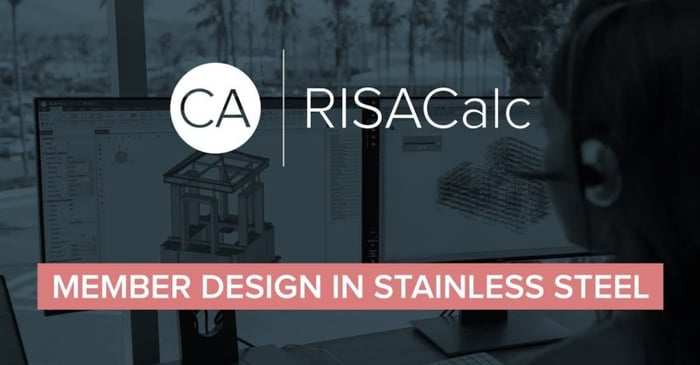
May 1, 2020
Video: Stainless Steel Member Design in RISACalc
Learn how to load and design individual beam and column stainless steel members in RISACalc.
Halloween isn’t just for candy and costumes—it’s the perfect time to test your spooky engineering skills! We’ve brewed up a Halloween-themed RISA Jeopardy game, packed with fun, easy questions about our software. Tip for readers: Try to answer before revealing the “treat” below each question! 💀 Can You Count? 100 – RISACalc: How many components are currently available in RISACalc? 10 (Beam, Column, Steel Joist, Composite Beam, Retaining Wall, Spread Footing, Wall Footing, Drilled Pier, Seismic Load, Wind Load) 200 – FD: How many Data Entry spreadsheets are available in RISAFoundation? 25 300 – RISA-3D: How many countries or regions have building codes supported in RISA-3D? 9 (US, Canada, Mexico, Europe, Great Britain, India, Australia, New Zealand, Saudi Arabia) 🎃 Adaptable 100 – ADAPT: Which of these is not an ADAPT product? ADAPT-Builder, ADAPT-Felt, ADAPT-Floor, ADAPT-ABI ADAPT-Floor 200 – ADAPT: Which mode of ADAPT-Builder is used to design slabs-on-grade on expansive soils using the PTI method? ADAPT-SOG 🕸️ The Whole Family 100 – Other: This steel detailing software and fellow Nemetschek brand has a built-in export option in RISA-3D. SDS2 200 – Other: Which design code is the most common in our software, found in 8 of our 10 programs?…
Read More

Learn how to load and design individual beam and column stainless steel members in RISACalc.
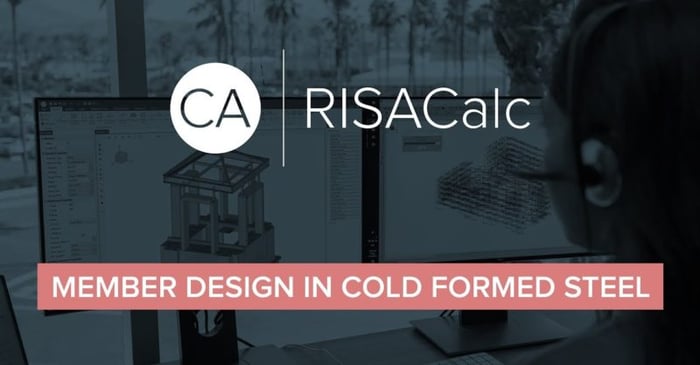
Learn how to load and design individual beam and column cold-formed steel members in RISACalc.
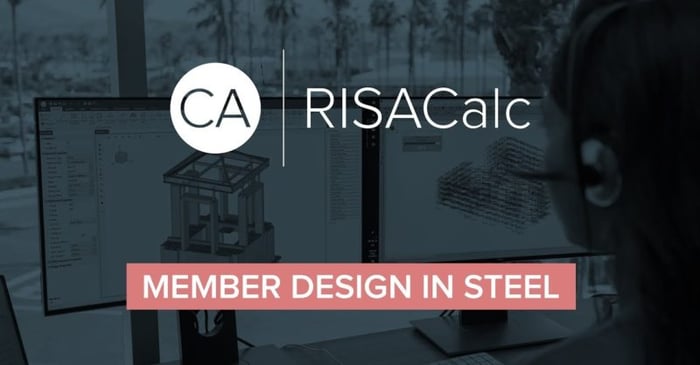
Learn how to load and design individual beam and column steel members in RISACalc.
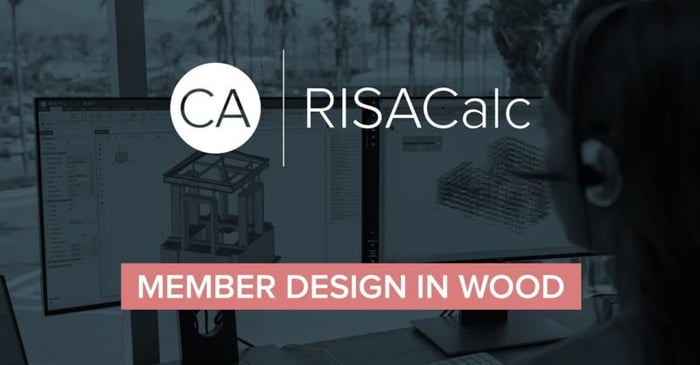
Learn how to load and design individual beam and column wood members in RISACalc.
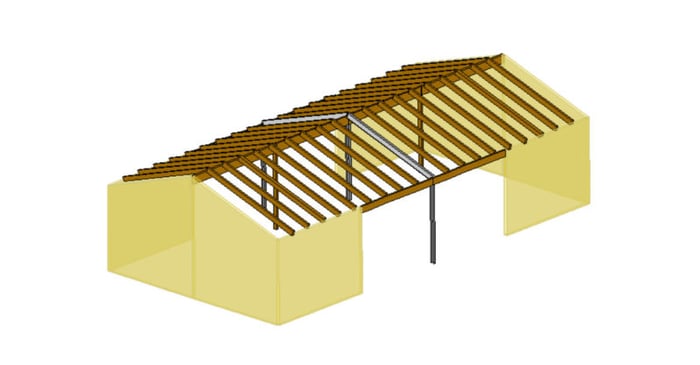
RISAFloor supports the use of flexible diaphragms on both flat and sloped roofs. Before reviewing the workflow for utilizing a flexible diaphragm on a sloped roof, it makes sense to review and understand the basic behavior of flexible diaphragms within RISAFloor. To do this, please first review the...
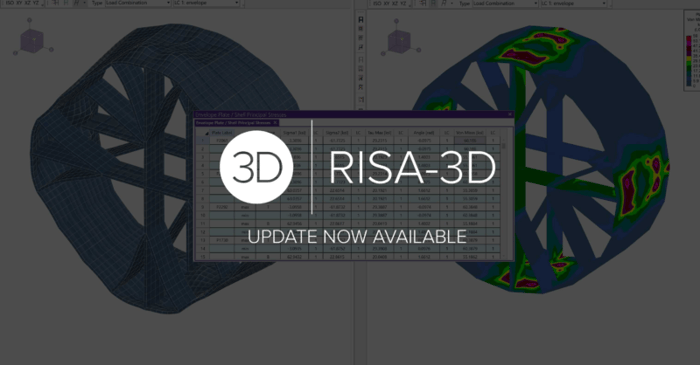
Over the last few weeks, we have been working hard to add the features and functionality that our customers have requested as well fix some of the issues that have been reported. With that in mind, we have prepared a new update of RISA-3D (v18.0.4) that includes the following features as well as...
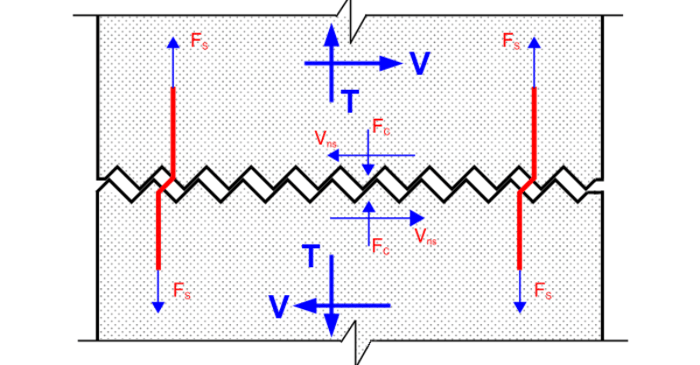
When designing concrete shear walls for lateral loading, RISA-3D includes design checks for both in-plane and out-of-plane shear. In the condition where a concrete wall is under both axial tension and out-of-plane shear, the out-of-plane shear limit state for a specific region within the concrete...

With many of us working from home, our support team wanted to be able to connect with our customers where they are: in front of their computers. With that in mind, we are excited to introduce RISA Live. These live sessions, will take place every Thursday at 2pm EST (11am PST) and will focus on...
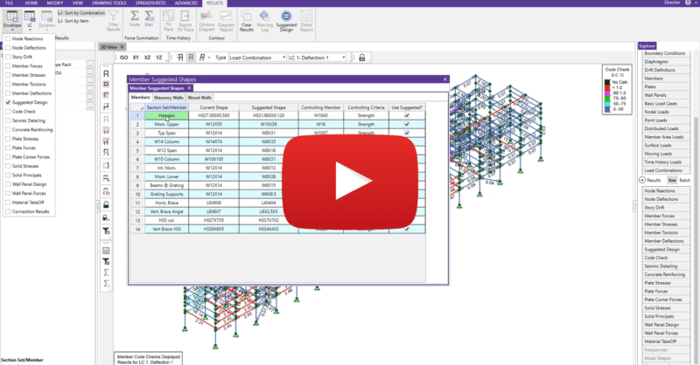
In RISA-3D when drawing members you must start with initial sizes. After loading and load combinations are completed the model is solved and then member design must be done, making sure that members pass for both strength and serviceability considerations. For both strength and serviceability...
Our monthly "Structural Moment" newsletter is the best way to keep up with RISA’s product updates, new releases, new features, training events, webinars and more...